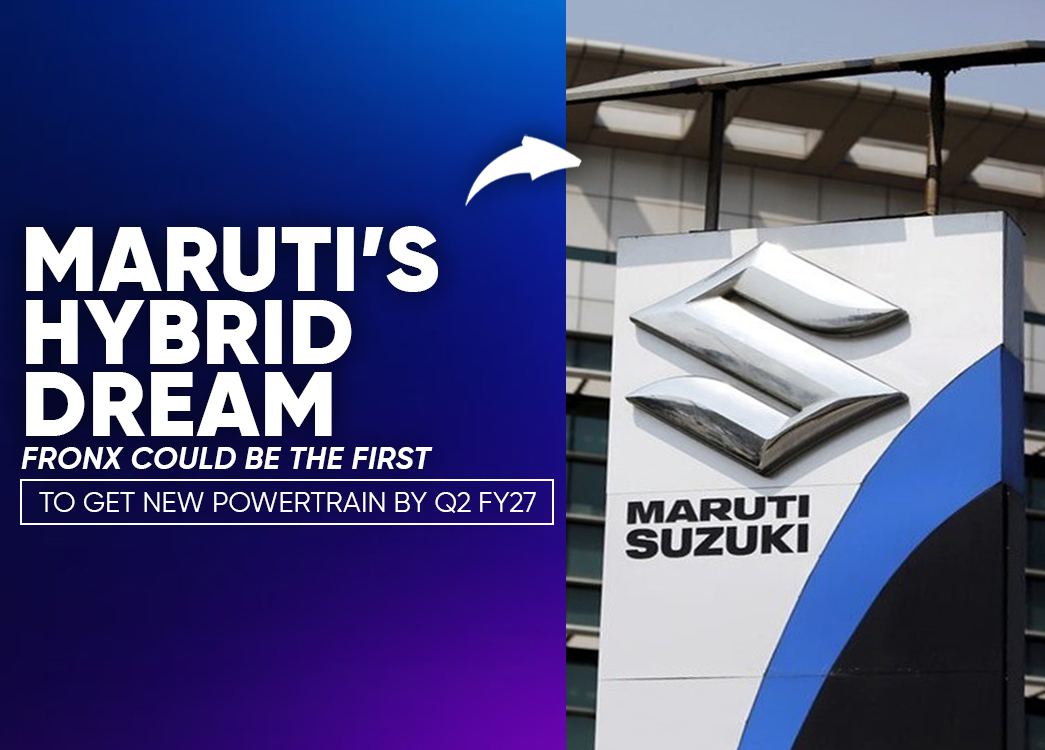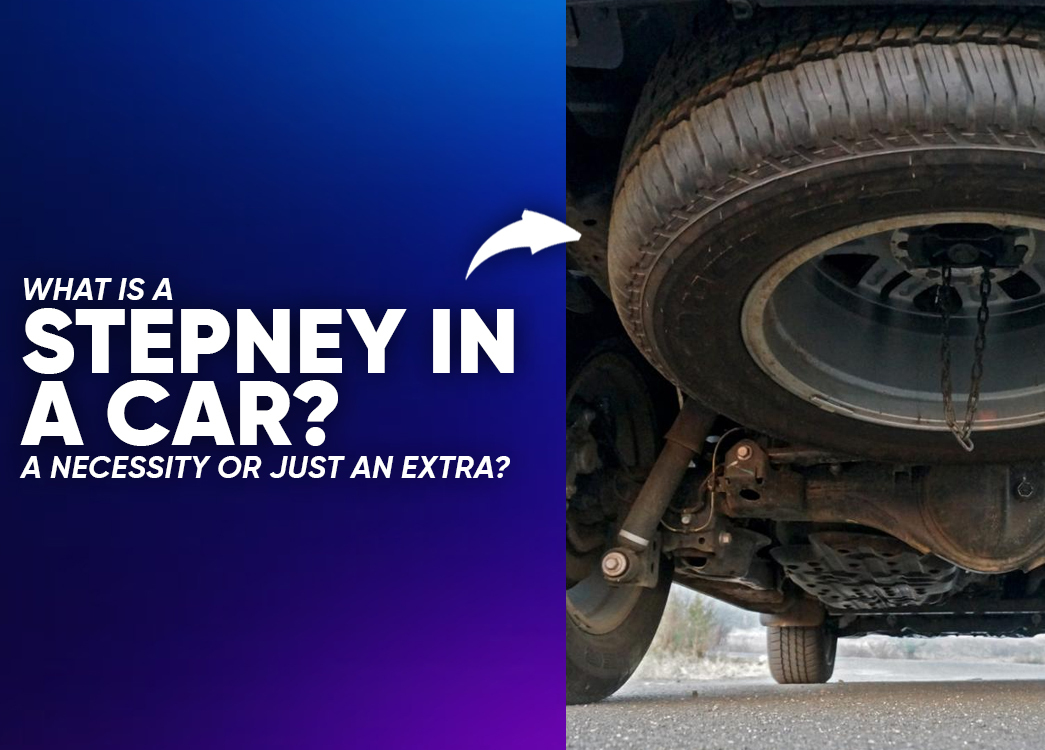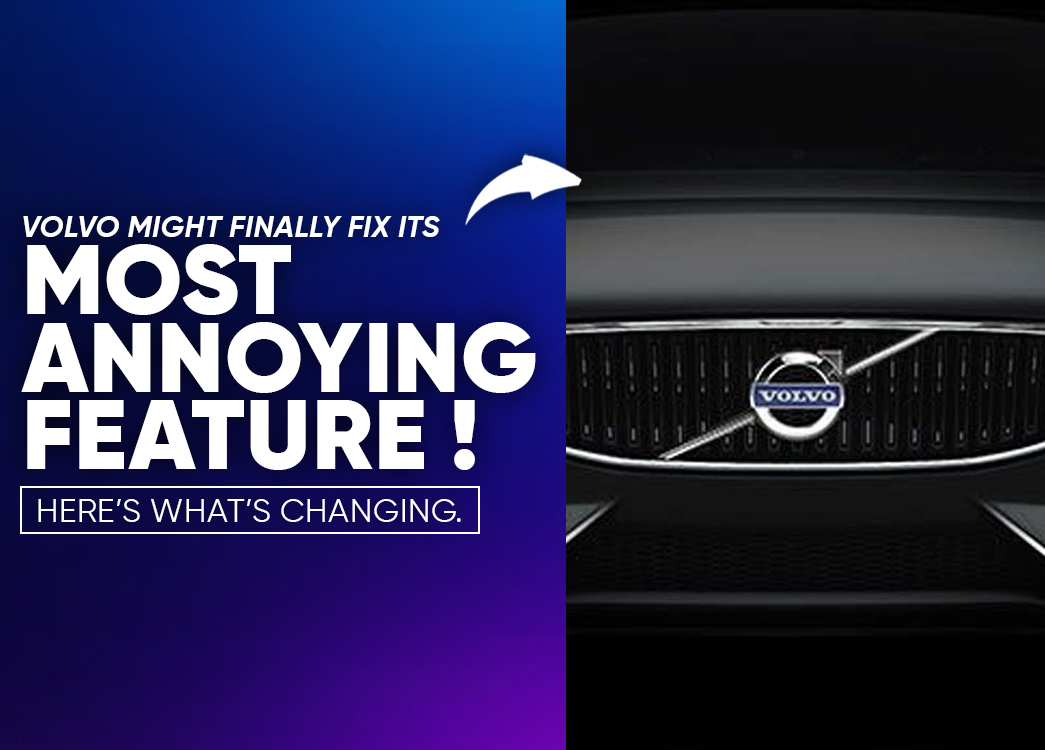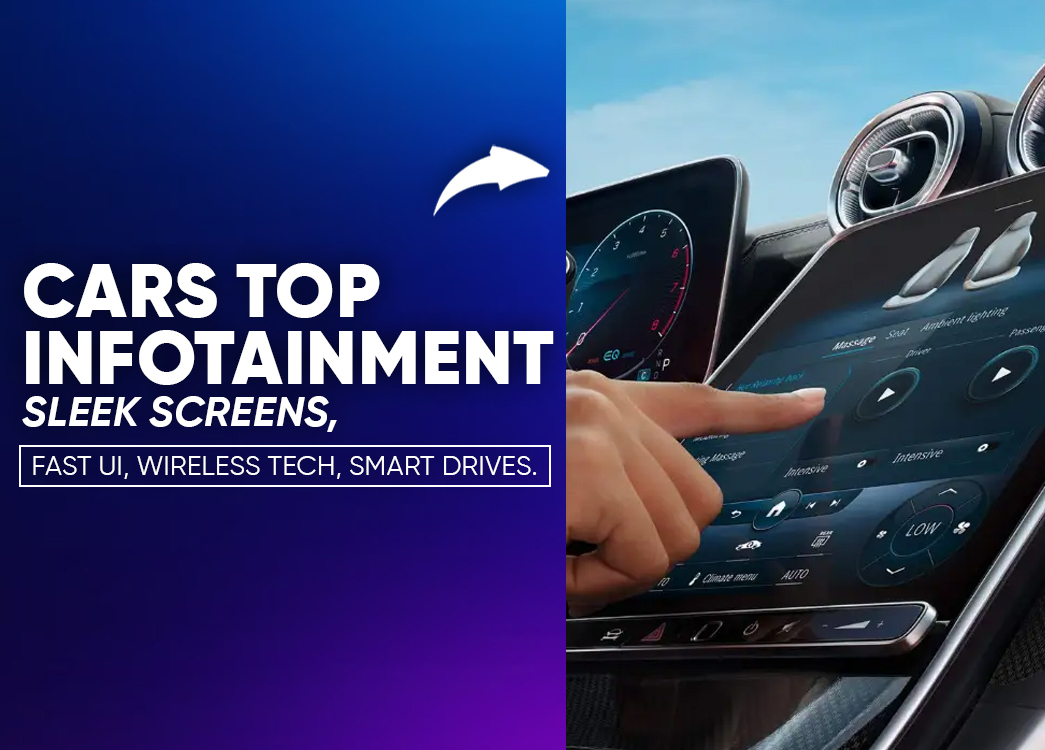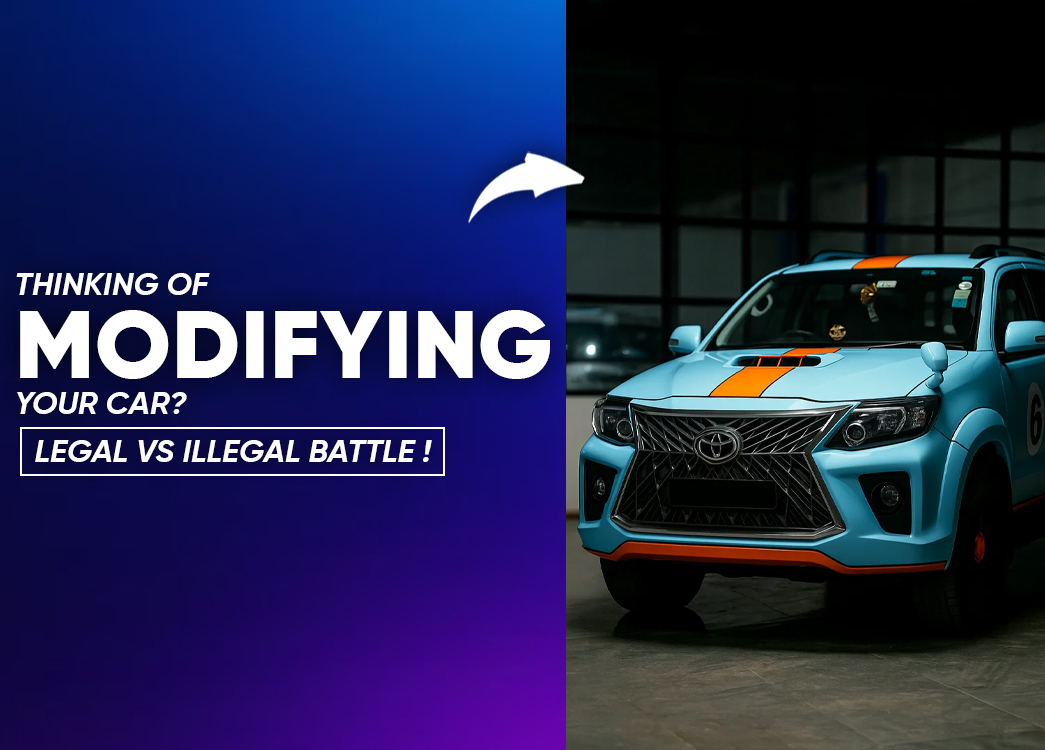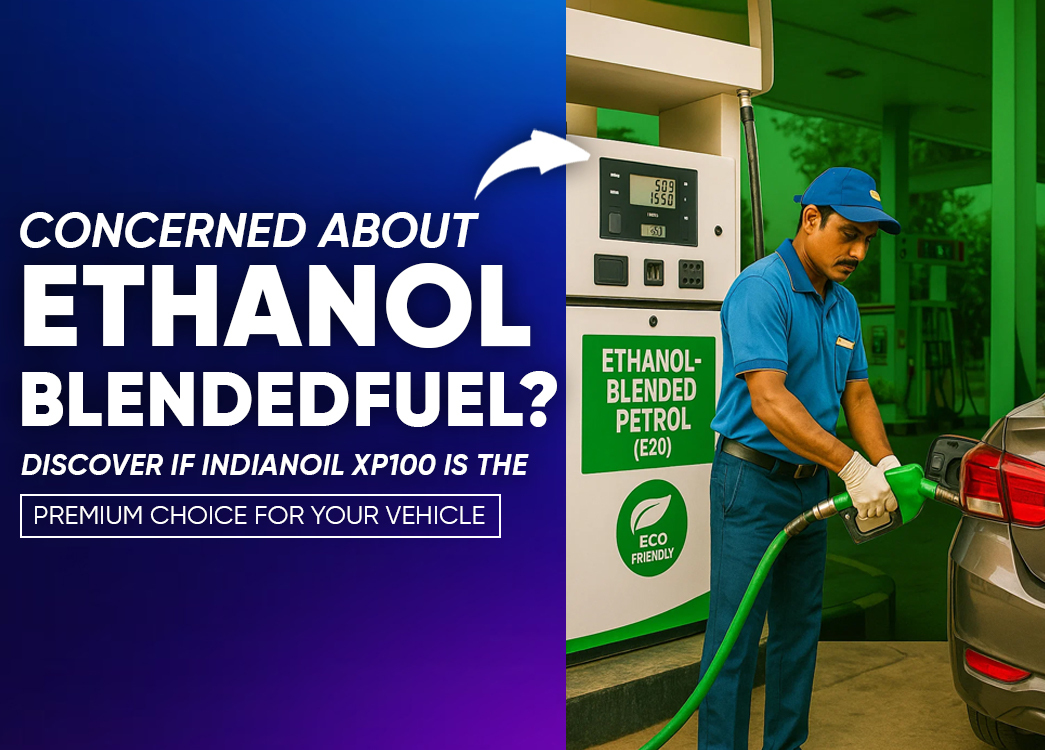
By creckk On 07-08-2025 at 11:02 am
Should You Switch to XP100 Petrol Over Ethanol-Blended Fuel?
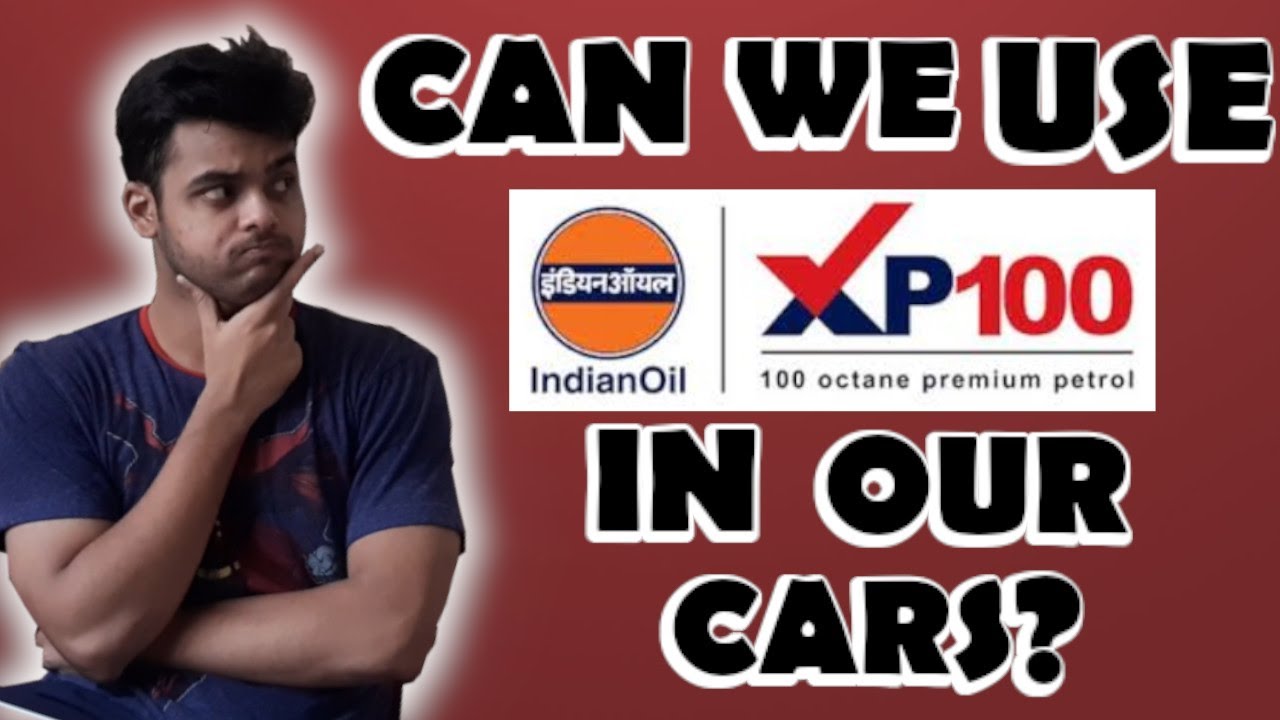
Confused About Petrol? You’re Not Alone
Standing at a petrol pump today feels like standing at a crossroads. On one side, there’s IndianOil’s XP100 India’s first 100-octane, ethanol-free petrol costing around ₹160/litre. On the other side, there’s E20 ethanol-blended petrol, cheaper, greener, and now widely available across India.
This isn’t just about fuel. It’s about India’s future performance vs. affordability, luxury vs. sustainability. Let’s break it down so you know exactly what to put in your tank.
What is XP100 Petrol?
Launched in December 2020, XP100 is IndianOil’s premium fuel, designed for supercars, luxury sedans, and superbikes. With a 100 octane rating, it promises:
- Faster acceleration
- Smoother power delivery
- Better fuel efficiency (for high-compression engines)
- Cleaner emissions
But here’s the reality: XP100 isn’t made for your everyday Swift, Baleno, or Creta. For regular cars, it’s like feeding gourmet steak to a house cat it won’t change much, except empty your wallet.
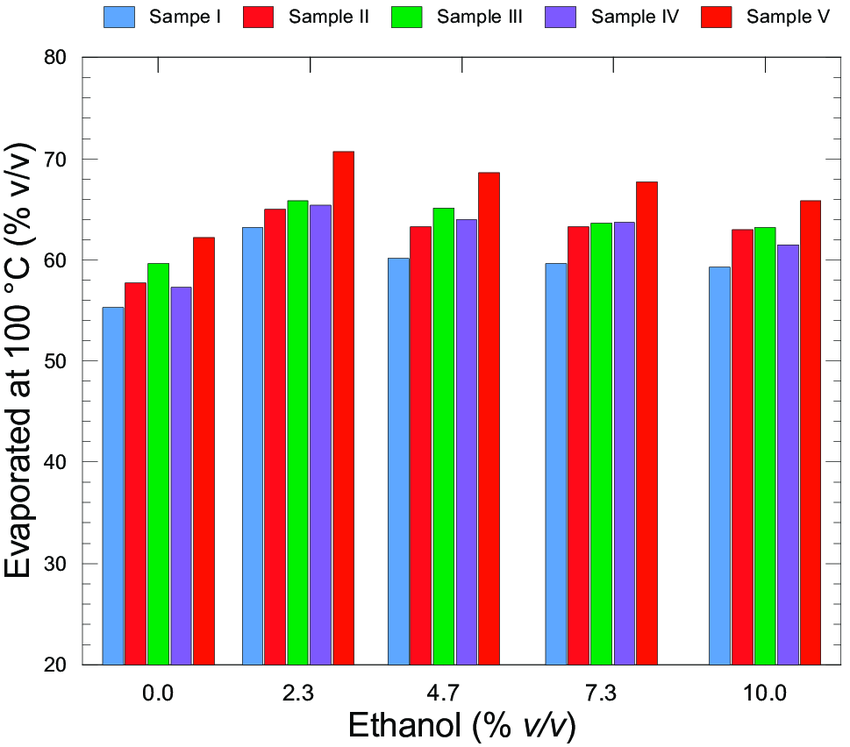
Honda Achieves E20 Petrol Compliance Across All Models
New Delhi, February 6, 2025: Honda Cars India Ltd. (HCIL), the premium automobile manufacturer, has officially announced E20 (20% Ethanol-blended) Petrol compliance certification across its current lineup Honda Elevate, Honda City e:HEV, Honda City, and Honda Amaze. The second-generation Honda Amaze also achieved E20 compliance earlier in January 2025. This marks a decisive step towards future-ready mobility in India.
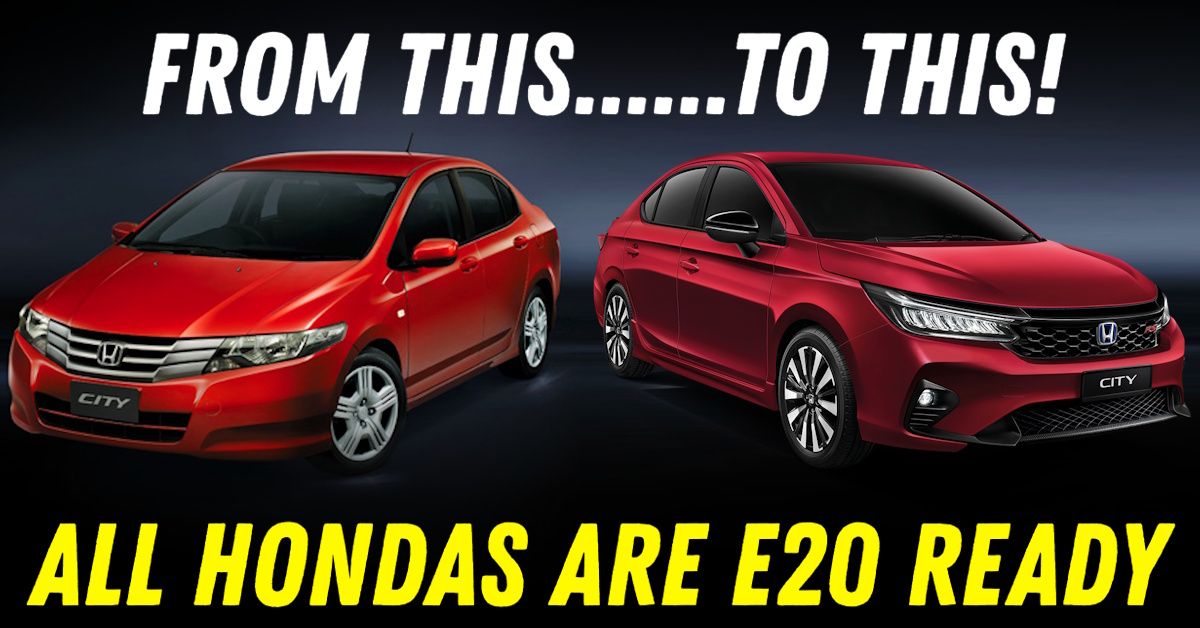
Commitment to Sustainable Mobility
This achievement underscores Honda’s unwavering commitment to cleaner, greener, and more sustainable transportation. By aligning with E20 fuel standards, Honda demonstrates its role in accelerating India’s transition to eco-friendly mobility solutions while maintaining trust and confidence among its customers.
Honda’s Legacy of E20 Readiness
Honda has been a pioneer in embracing ethanol compatibility. Since January 1, 2009, every Honda car manufactured in India has been designed to be E20 material compatible. This ensures that customers can safely adopt E20 fuel without durability concerns or the need for part replacements, reinforcing Honda’s foresight in sustainable engineering.
Government’s Response to E20 Concerns
New Delhi, August 12, 2025: The Ministry of Petroleum and Natural Gas addressed consumer concerns regarding the effects of E20 on vehicle mileage and longevity. The clarifications reaffirmed that E20 compliance poses no significant risks while enhancing performance standards and aligning with India’s environmental goals.
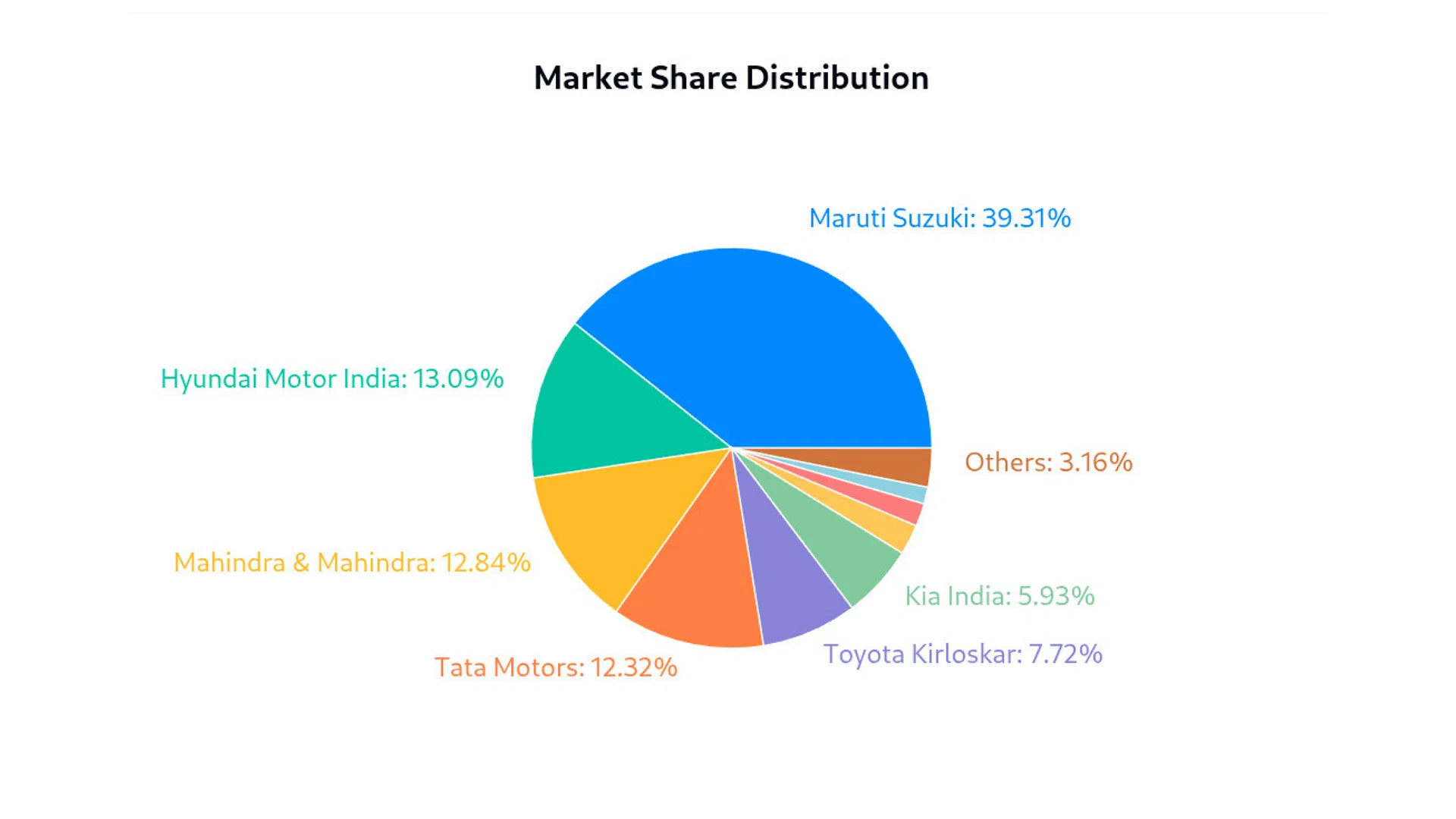
India’s Shift Towards Cleaner Fuels
Biofuels, particularly ethanol, are emerging as bridge fuels in India’s energy transition. Ethanol blending reduces greenhouse gas emissions by up to 65% (sugarcane-based) and 50% (maize-based) compared to petrol. This milestone supports India’s ambitious Net Zero 2070 commitment, strengthening the nation’s energy security and sustainability vision.
Empowering Farmers and the Economy
The Ethanol Blending Programme has generated significant socio-economic benefits. Between 2014 and 2025, it has saved Rs.1.44 lakh crore in foreign exchange, reduced 736 lakh MT of CO2 emissions (equivalent to planting 30 crore trees), and substituted 245 lakh MT of crude oil imports. In 2025 alone, farmers are projected to earn Rs.40,000 crore a transformative boost to rural income and agricultural sustainability.
Performance and Driving Experience
E20 petrol is not just sustainable but also performance-oriented. With a higher octane number (~108.5 vs petrol’s 84.4), it delivers better acceleration, smoother ride quality, and enhanced efficiency. Concerns over mileage drops are overstated, as real-world efficiency depends on factors such as driving habits, tyre pressure, and vehicle maintenance.
Global and Domestic Confidence
Countries like Brazil have long adopted higher ethanol blends (E27) without issues, and global automakers like Toyota, Honda, and Hyundai already operate successfully in such markets. In India too, most modern cars have been E20-ready since 2009, proving the technology’s safety and reliability.
Compatibility, Safety, and Assurance
E20 petrol meets BIS and Automotive Industry Standards, ensuring smooth drivability, startability, and material compatibility for most vehicles. Concerns around insurance are also misplaced, as policies remain valid regardless of fuel choice. Only certain older cars may require minor gasket or rubber replacements during servicing.
Economic and Environmental Advantages
Beyond environmental impact, ethanol blending contributes directly to foreign exchange savings, energy security, and farmer welfare. Even though ethanol prices are sometimes higher than petrol, its broader benefits rural income generation, reduced CO2 emissions, and import substitution make it a cornerstone of India’s energy strategy.
The Roadmap Beyond E20
The current government roadmap ensures E20 blending until October 31, 2026. Any progress beyond E20 will be carefully evaluated through detailed stakeholder consultations and research. This approach balances environmental goals with consumer interest, ensuring India’s energy transition remains both ambitious and practical.
Future-Ready Cars for India
For new car buyers, peace of mind is guaranteed. All cars manufactured after April 1, 2023, are officially E20-ready, with several older models also compatible. Owners can simply refer to their vehicle manual or the fuel recommendation sticker near the fuel lid for confirmation. Honda’s forward-thinking approach ensures its customers remain at the forefront of sustainable mobility.
Understanding Octane Ratings
Octane is a measure of a fuel’s ability to resist “engine knocking” (that metallic ping when fuel ignites too early).
- Regular petrol = 91 Octane
- Premium petrol (XP95, Speed, Power) = 95 Octane
- XP100 = 100 Octane (race-car territory)
High-octane fuels are essential for performance engines that run at higher compression ratios. But in regular engines, it won’t suddenly boost horsepower or mileage.
Did You Know?
Race cars and Formula 1 vehicles often use fuel with 100+ octane ratings to handle extreme performance demands.
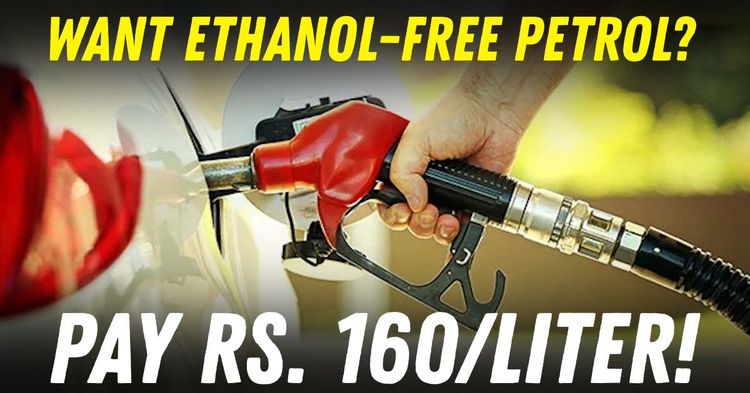
Ethanol-Blended Petrol: India’s Green Revolution
India is rewriting its fuel story with ethanol. The government has fast-tracked the goal of 20% ethanol blending (E20) in petrol by 2025 five years ahead of schedule.
Why?
- Reduce $100+ billion crude oil imports
- Boost farmers’ income (ethanol comes from sugarcane & grains)
- Cut emissions by 20 - 30%
Globally, countries like Brazil and the US have been using ethanol blends for decades. In fact, Brazil runs cars on E85 (85% ethanol) without issues.
Did You Know?
India moved from just 1.5% ethanol blending in 2013–14 to nearly 20% in 2025—a record jump in less than a decade.
Is Ethanol Fuel Bad for My Car?
Not if your car is E10/E20 compatible (most cars post-2017 are). The only concern? Ethanol attracts moisture, and if your car sits idle for weeks, it can cause corrosion in parts like fuel pumps, injectors, or cylinder walls.
Quick Tips:
- Don’t let E20 sit in your tank for too long drive regularly.
- Use additives only if approved by your manufacturer.
- Stick to regular servicing it matters more than fuel choice.
Did You Know?
Mileage loss with E20 is only about 1 - 6%, depending on the car. Most owners won’t even notice in daily driving.
Should You Pay ₹160/litre for XP100?
Let’s get practical:
- YES → If you drive a Porsche, BMW M Series, Audi RS, or a superbike that needs high-octane fuel.
- NO → If you drive a WagonR, Dzire, Creta, or City. XP100 won’t give magical benefits it’s like paying for premium air.
Real examples:
- Honda City with XP100 = Wasted money.
- BMW M3 on E20 = Risk of knocking & performance loss.
- Porsche Cayman with XP100 = Engine runs like it should.
Did You Know?
XP100 is made using Octamax technology at IndianOil’s Mathura refinery—the first of its kind in India.
XP100 vs. E20: Quick Comparison
| Feature | XP100 (₹160/litre) | E20 (Cheaper, widely available) |
|---|---|---|
| Octane Rating | 100 | ~91–95 |
| Ethanol Content | 0% (pure petrol) | 20% ethanol blend |
| Best For | Luxury/performance cars | Everyday cars, future-ready |
| Mileage Impact | Stable in performance cars | Slight drop (1–6%) |
| Environment Impact | Cleaner burn | Lower CO2 & supports farmers |
| Cost Efficiency | Very expensive | Affordable & sustainable |
FAQs
Is XP100 petrol good for all cars?
No. Only for high-compression engines.
Will XP100 improve my mileage?
Not in regular cars. Gains are negligible unless your engine demands it.
Can I mix XP100 and E20?
Occasional switching is okay, but check your car manual.
Does ethanol damage engines?
Not if your car is E20-ready and driven regularly.
Why is XP100 so expensive?
It’s ethanol-free, premium refined, and produced in small batches.
Final Verdict
XP100 = Luxury fuel, meant for performance machines. Great if your car manual says so.
E20 = The future of India’s roads cheaper, greener, farmer-friendly, and already rolled out nationwide.
For 95% of Indian drivers, stick to ethanol blends. Save money, support the environment, and follow what your car manufacturer recommends.
Because at the end of the day it’s not about expensive petrol, it’s about smart driving and smarter choices.
Related posts
